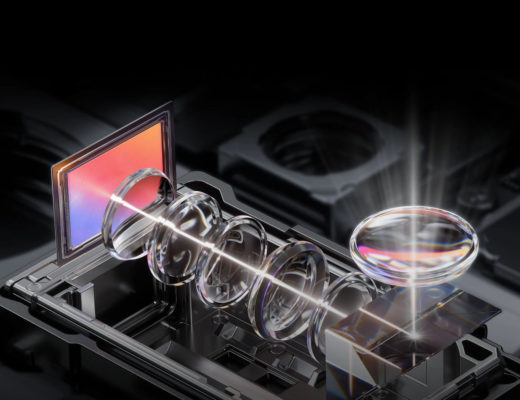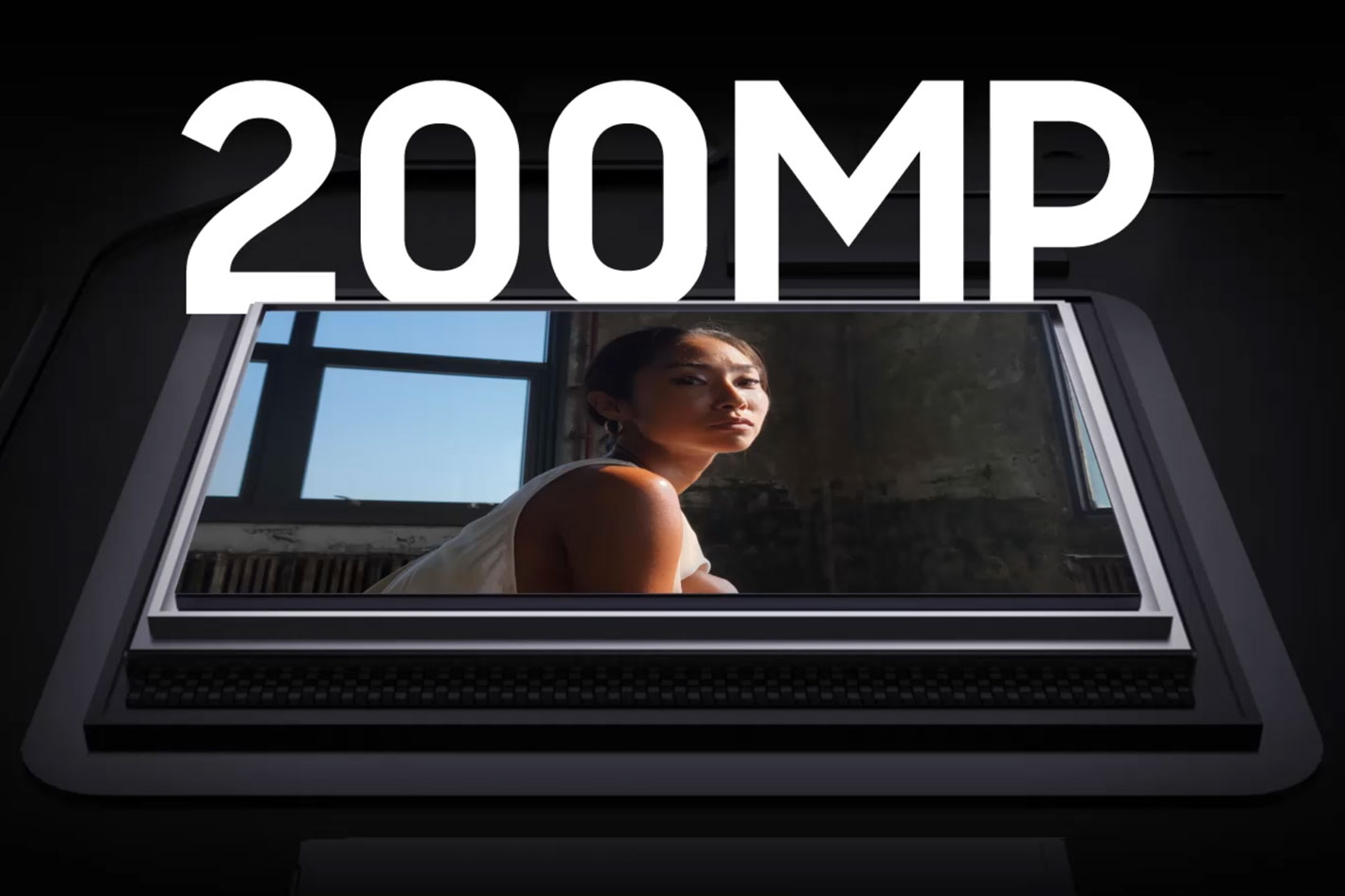 Able to capture 8K videos at 30 frames-per-second or 4K video at 120fps for slow-motion, the new Samsung ISOCELL HP1 is the first sensor to support 4×4 pixel binning for superior quality.
Able to capture 8K videos at 30 frames-per-second or 4K video at 120fps for slow-motion, the new Samsung ISOCELL HP1 is the first sensor to support 4×4 pixel binning for superior quality.
A world leader in advanced semiconductor technology, Samsung Electronics introduced this month two new sensor for smartphones, the ISOCELL HP1 and the ISOCELL GN5. The ISOCELL HP1 is the industry’s first 200-megapixel (MP) image sensor with 0.64μm pixels, and the ISOCELL GN5 is the first image sensor to adopt all-directional focusing Dual Pixel Pro technology with two photodiodes in a single 1.0μm pixel. Both bring advanced ultra-fine pixel technologies to new mobile image sensors.
“Samsung has been pioneering ultrafine pixel technologies that are taking high-resolution image sensors to the next level,” said Duckhyun Chang, executive vice president of sensor business at Samsung Electronics. “With the ISOCELL HP1 that is breaking barriers and ISOCELL GN5 bringing ultrafast auto focus, Samsung will continue to lead the trend for next-generation mobile imaging technologies.”
We recently noted here at ProVideo Coalition, on the announcement of the new Canon EOS R3, that the sensor used in that professional-level camera – 24.1 megapixel – would make many people say, “my smartphone has more pixels”. Well, here is a good example, with the 200MP resolution sensor announced by Samsung. Even the ISOCELL GN5, with 50MP, has more pixels, but the 200MP ISOCELL HP1 beats everything, because of the number of pixels it has, the quality of Samsung’s most advanced 0.64μm-sized pixels used here, and also because of the use of an all-new ChameleonCell technology.
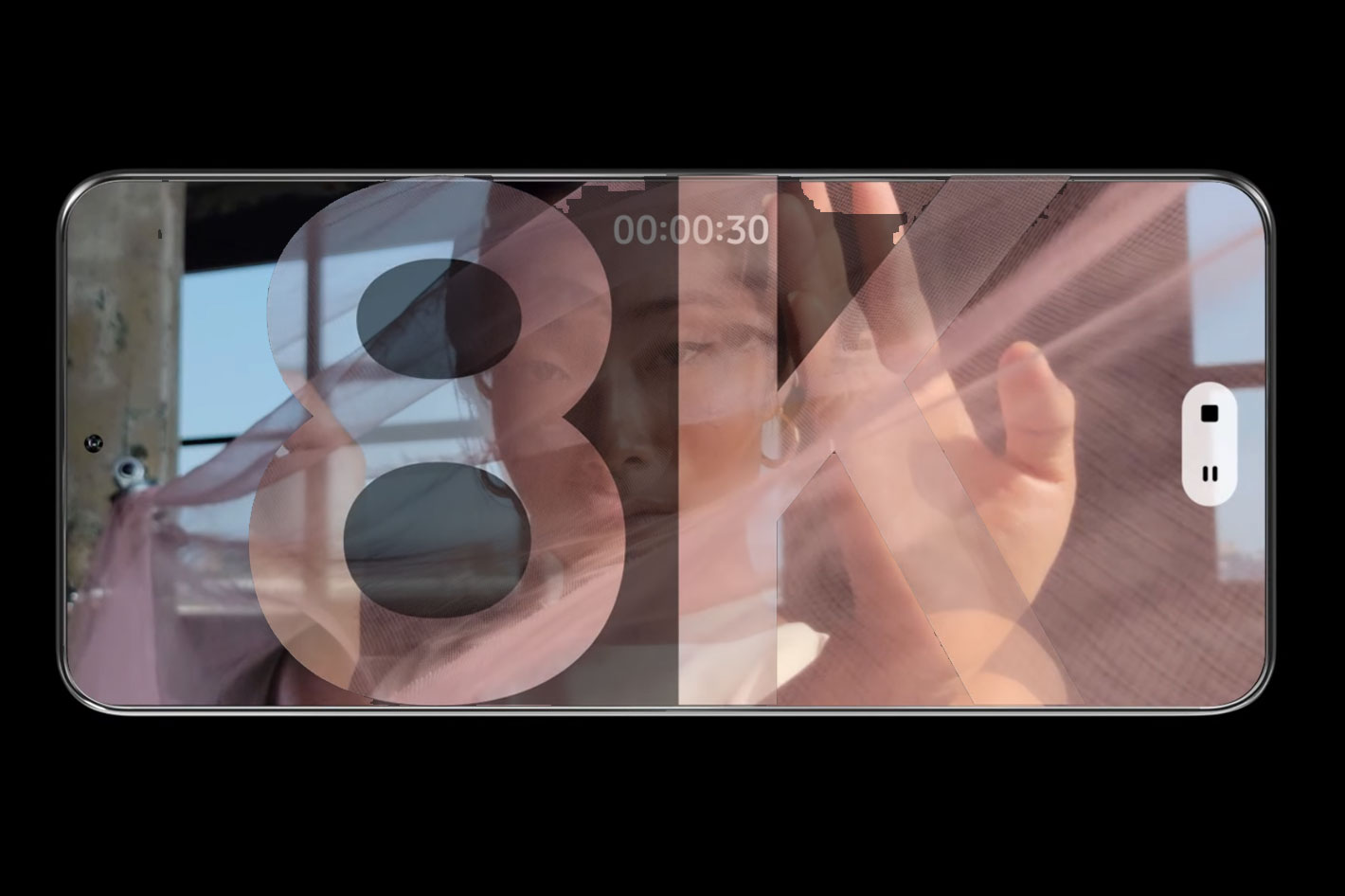 8K videos at 30 frames-per-second
8K videos at 30 frames-per-second
Thanks to ChameleonCel technology, the ISOCELL HP1 can use three different pixel layouts – two-by-two, four-by-four or full pixel layout – depending on the shooting environment. This pixel-binning technology rearranges the pixel array by using enhanced software remosaic powered by deep learning algorithm, in order to harness the full power of the 200MP sensor. What this means is that the sensor can adapt as a chameleon to the needs of the photographer.
The magic of the ISOCELL HP1 does not stop there, as the sensor is also designed to tackle low levels of light: in a low-lit environment, the HP1 transforms into a 12.5MP image sensor with large 2.56μm pixels by merging 16 neighboring pixels. The newly formed 2.56μm pixel is capable of more light absorption and sensitivity, producing brighter and clearer photos in in-doors or in the evening. In bright outdoor environments, the sensor’s 200-million pixels can capture ultra-high-definition photography on mobile devices.
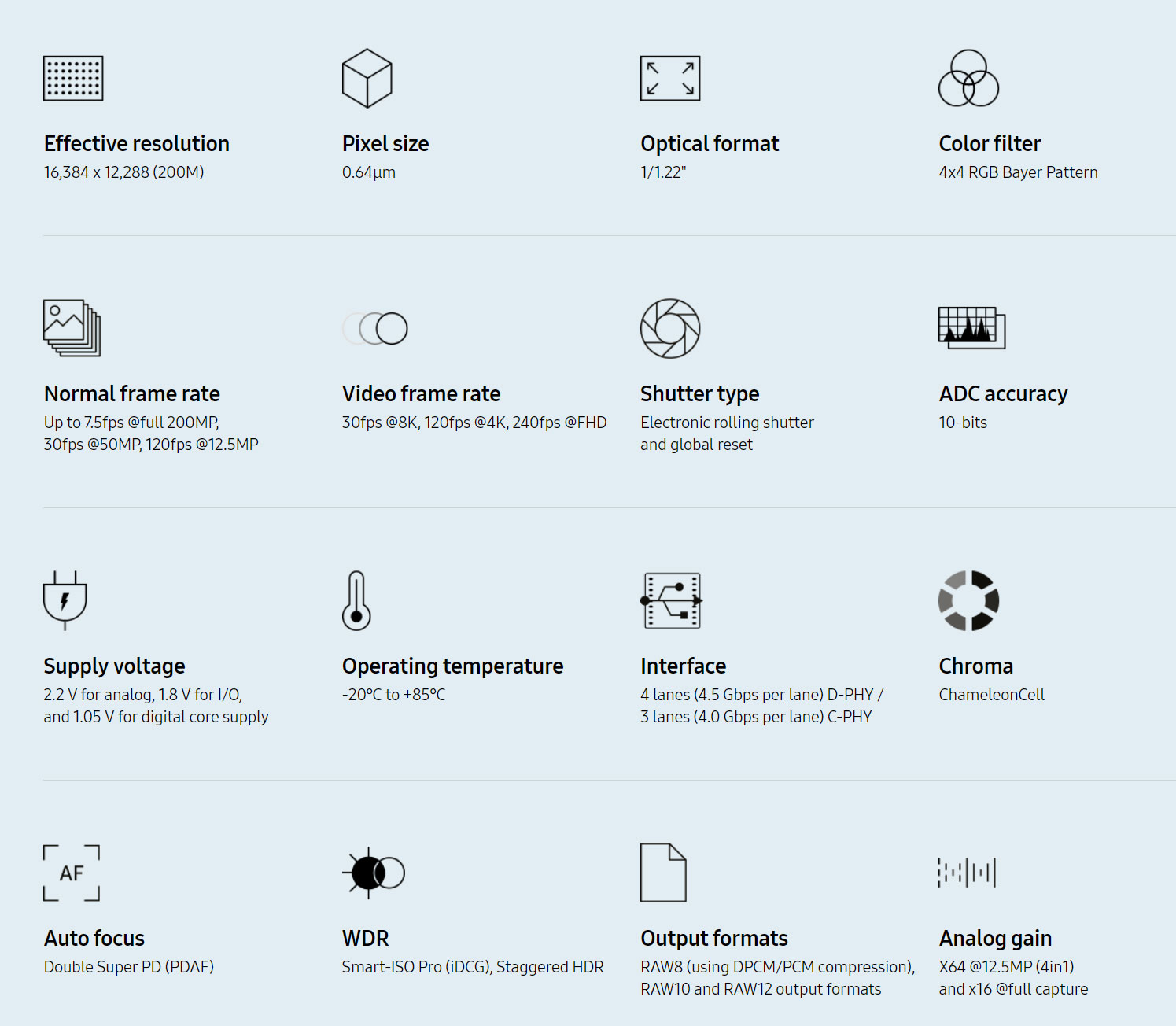 The ISOCELL HP1 can take 8K videos at 30 frames-per-second (fps) with minimum loss in the field of view, says Samsung. The HP1 merges four neighboring pixels to bring the resolution down to 50MP or 8,192 x 6,144 to take 8K (7,680 x 4,320) videos without the need to crop or scale down the full image resolution. Pair that with a modern smartphone with multiple options in terms of lenses and you’ve a serious tool for video in a small package that fits comfortably in your hand.
The ISOCELL HP1 can take 8K videos at 30 frames-per-second (fps) with minimum loss in the field of view, says Samsung. The HP1 merges four neighboring pixels to bring the resolution down to 50MP or 8,192 x 6,144 to take 8K (7,680 x 4,320) videos without the need to crop or scale down the full image resolution. Pair that with a modern smartphone with multiple options in terms of lenses and you’ve a serious tool for video in a small package that fits comfortably in your hand.
When it comes to autofocus, the ISOCELL HP1 delivers tack-sharp, fast autofocus, so you can capture even the most action-packed moments with ease, thanks to the Double Super PD technology. Double Super PD is a phase detection autofocus system that enables faster, more accurate focus with the use of micro-lenses and dedicated autofocus pixels. Each micro-lens covers two autofocus pixels, comparing the left and right phases to focus the image. Double Super PD contains twice as many autofocus pixels as Super PD, allowing you to capture the action even faster.
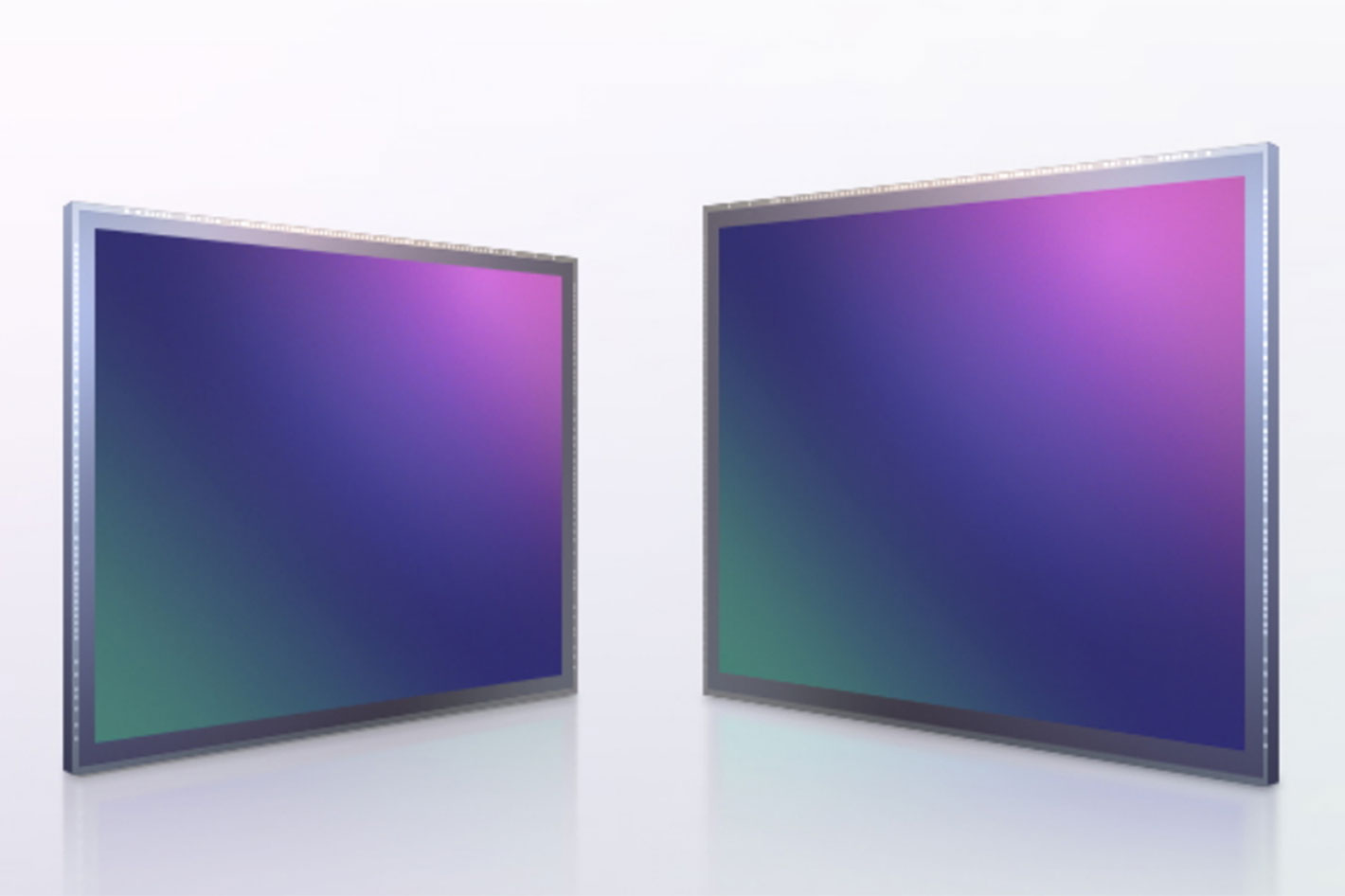 The Samsung ISOCELL GN5 sensor
The Samsung ISOCELL GN5 sensor
The second sensor announced by Samsung is the ISOCELL GN5, the industry’s first 1.0μm image sensor to integrate Dual Pixel Pro, an all-directional autofocusing technology, which can substantially boost autofocusing capabilities. This technology places two photodiodes, the smallest in the industry, within each 1.0μm pixel of the sensor either horizontally or vertically to recognize pattern changes in all directions. With one hundred million phase-detecting multi-directional photodiodes covering all areas of the sensor, the ISOCELL GN5’s autofocusing becomes instantaneous, enabling sharper images in either bright or low-lit environments.
The image sensor also makes use of Samsung’s proprietary pixel technology, which applies Front Deep Trench Isolation (FDTI) on a Dual Pixel product for the first time in the industry. Despite the microscopic photodiode size, FDTI enables each photodiode to absorb and hold more light information, improving the photodiodes’ full-well capacity (FWC) and decreasing crosstalk within the pixel.
Samsung first announced its ISOCELL technology in 2013. The technology reduces color crosstalk between pixels by placing a physical barrier, allowing small-sized pixels to achieve higher color fidelity. Based on this technology, Samsung introduced the industry’s first 1.0μm-pixel image sensor in 2015 and a 0.9-pixel sensor in 2017. Samsung continues to enhance its pixel isolation methods with ISOCELL Plus and ISOCELL 2.0 technologies.
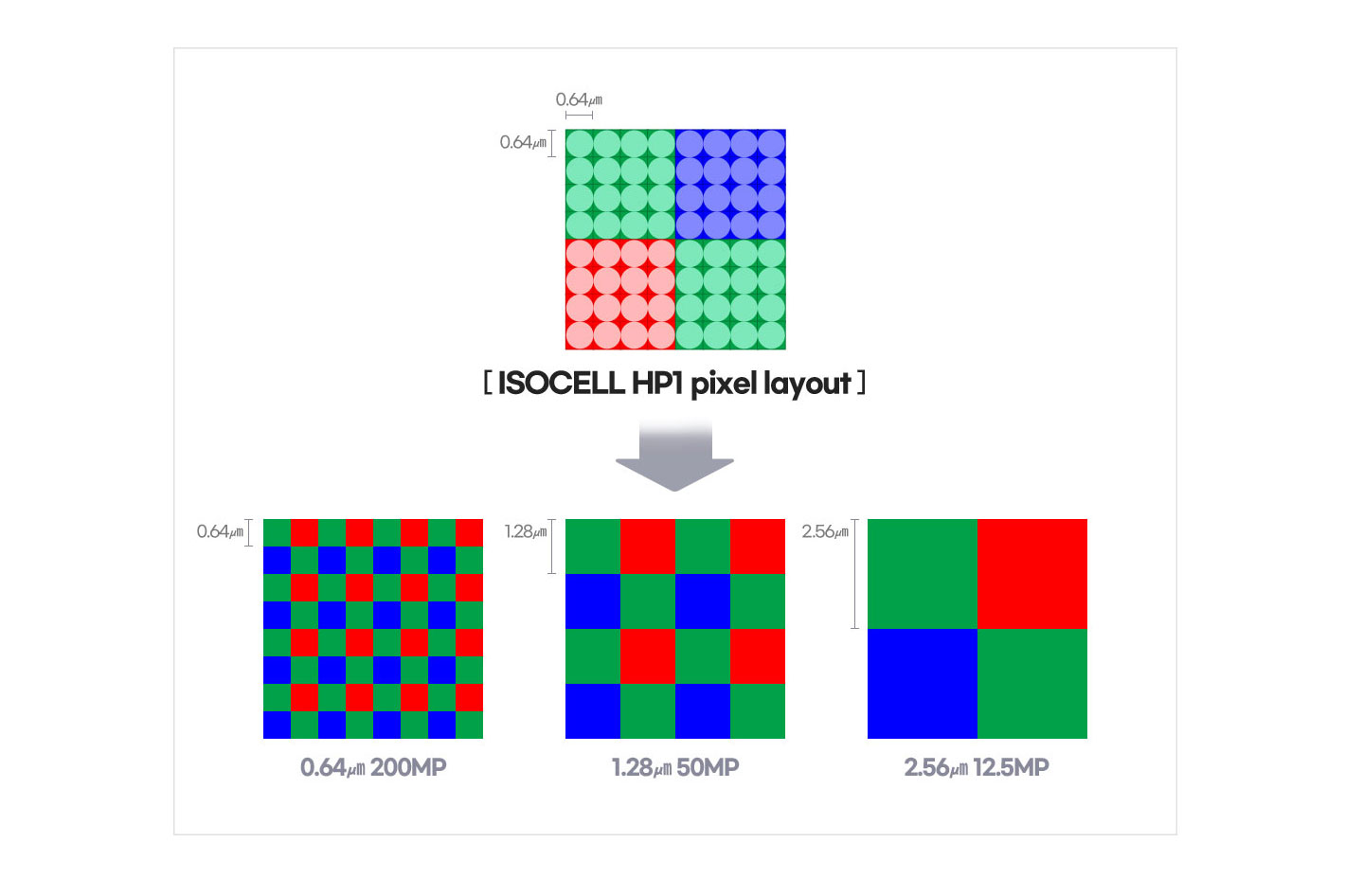 ISOCELL sensors: from 100 to 200MP in two years
ISOCELL sensors: from 100 to 200MP in two years
In 2016 Samsung introduced the Galaxy S7, the first with a Dual Pixel camera sensor for smartphone, ensuring incredibly fast and accurate autofocus even in low light conditions. The company said, then, that “while equipped with plenty of features and functions of DSLR cameras that allow users to capture great photos anywhere at any time, previous smartphone cameras didn’t quite stack up to DSLR cameras in terms of taking high quality photographs in low-light environments. However, the new Galaxy S7 has overcome these limitations by employing the Dual Pixel image sensor—a first for a smartphone.”
In 2019 ProVideo Coalition published an article about the world’s first 100MP sensor for a smartphone, also the first mobile image sensor to adopt a large 1/1.33-inch size, to be used in a Xiaomi smartphone, which is based on Samsung’s ISOCELL Bright HMX technology. At the time Samsung said that filmmakers were not forgotten and that for advanced filming, the HMX supports video recording without losses in field-of-view at resolutions up to 6K (6016 x 3384) 30-frames-per-second (fps). Two years later the 200MP ISOCELL HP1 can take 8K videos at 30 frames-per-second (fps) with minimum loss in the field of view.

Filmtools
Filmmakers go-to destination for pre-production, production & post production equipment!
Shop Now











